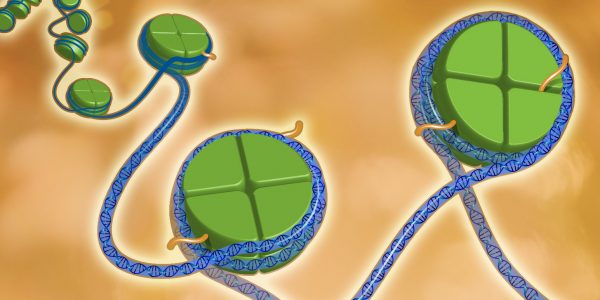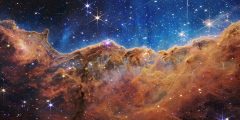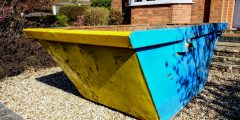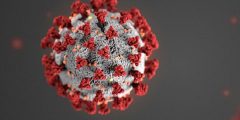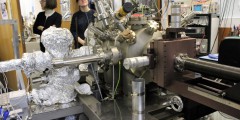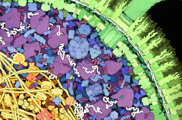Making epigenetics familiar: The visual construction of transgenerational epigenetic inheritance in the news
February 23, 2024
Some time ago I wrote a blog post with Aleksandra Stelmach and Alan Miguel Valdez about visuals used to make epigenetics public through the popular lens of transgenerational epigenetic inheritance. I then promised some image analysis. Here is a summary of what we found (I thank ChatGPT for helping me summarise our findings. If you want references, …
Notes on color [colour] of protein spikes on COVID-19 virus
July 10, 2020
This is a quick guest note by Chris Toumey (6 July 2020) When the COVID-19 corona virus began to be depicted visually in early 2020, its protein spikes (which give it a semblance of a crown) were always colored red. This puzzled me, and I explored it by putting together several sources of information. From …
Epi-pins: Epigenetics on Pinterest
August 23, 2019
This post has been co-authored with Cath Ennis, University of British Colombia, Vancouver (author of Epigenetics: A Graphic Guide). Cath is a Knowledge Translation Specialist with the University of British Columbia’s Human Early Learning Partnership and the Kobor Lab at BC Children’s Hospital Research Institute. *** Cath and I are interested in how epigenetics is …
The microbiome: Images and visualisations
June 30, 2017
On Monday 26 June I went to Oxford to participate in a workshop on the microbiome organised by The Oxford Interdisciplinary Microbiome Project (IMP). This was what one might call a meta-workshop. Its aim was to find questions that social scientists can sensibly ask about the microbiome, or in the words of the organisers, this …
3D printing with atoms: Laboratory life
March 6, 2017
There is a long tradition of social scientists observing and analysing laboratory life. The most seminal book that has emerged from this tradition is probably Bruno Latour and Steve Woolgar’s 1979 Laboratory Life: The social construction of scientific facts (they changed the subtitle in 1986 to ‘the construction of scientific facts, as they became aware …
Images of the cell in art and science: An update
May 7, 2015
This is a Guest POST by Maura C. Flannery, Professor of Biology, St. John’s University, NY, reflecting on, what one may call ‘making cells public’ and the interactions between art and science in this process. The blog is related to an images and visualisation project funded by the European Science Foundation, rather than to the …

